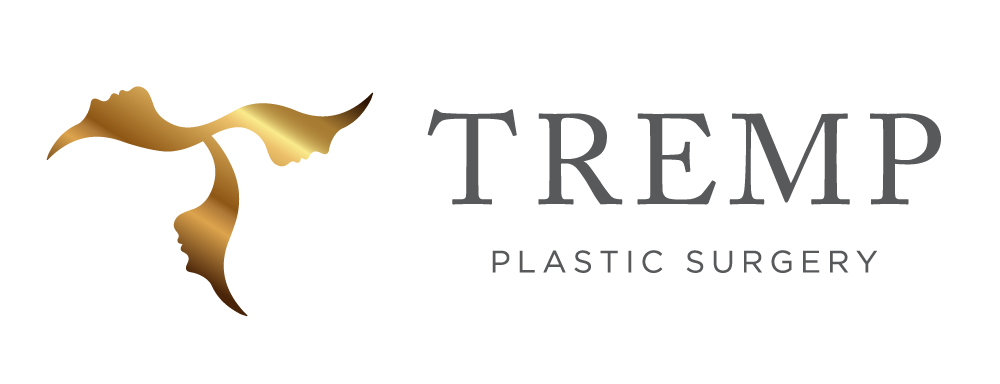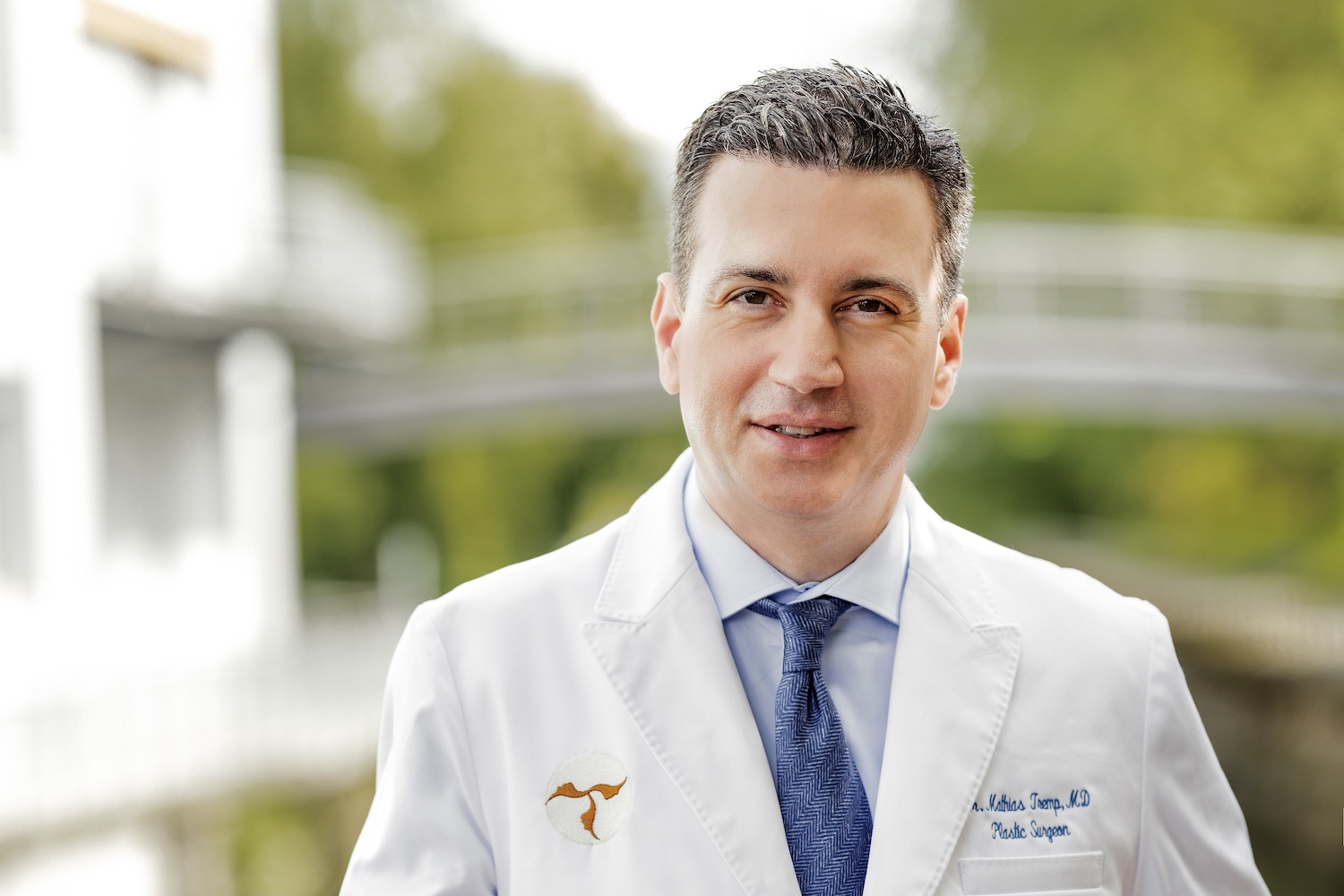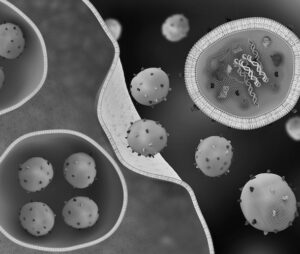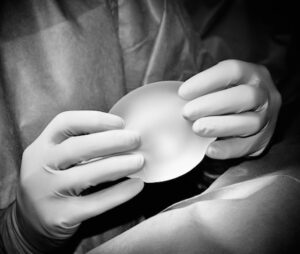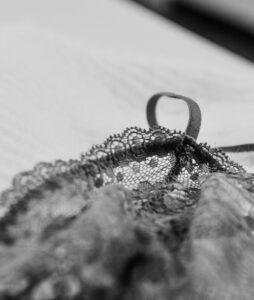TCA Peeling? Glycolic Acid Peel? Red Carpet Peel? Hollywood Peel? Questions for PD Dr. Mathias Tremp
TCA Peeling? Glycolic Acid Peel? Red Carpet Peel? Hollywood Peel? Questions for PD Dr. Mathias Tremp

Many patients suffer from fine scars on the face, skin irregularities, small wrinkles or sun-related skin damage. Also relatively widespread is the so-called melasma or chloasma, an excessive storage of melanin in the skin and leads to pigmentary shifts.
The TCA peel is a gentle, non-surgical facial treatment and is well tolerated by all skin types and ages.
Read also: Facial plastic and aesthetic treatments, Facial plastic surgery, Facial aesthetic treatments, Dermatological and reconstructive surgery

What is a TCA peel?
TCA (trichloroacetic acid) peeling is a chemical peeling method used as a cosmetic or dermatological procedure to treat small blemishes and wrinkles of the skin. The treatment is combined with various fruit acids.
How does TCA peeling work and where is it used?
Dead skin scales of the uppermost skin layer (epidermis) are removed by the aggressive properties of trichloroacetic acid. The procedure belongs to the "medium-depth peels"; it also reaches the dermis (leather skin). TCA is a keratolytic and should be performed by a doctor to avoid skin burns.
The Easy TCA Classic can be applied to the face, hands, neck, décolleté and body, while the Easy TCA Pain Control can only treat about 4% of the body surface, typically the face. The décolleté should be treated separately. Easy TCA Pain Control contains phenol and is 80% less painful and 25% more efficient than Easy TCA Classic.
Can the TCA peel be combined with other treatments?
The Easy TCA Pain Control is ideal in combination with a surgical facelift and results in an improved appearance of the skin. Easy TCA/(Easy TCA Pain Control) can be combined simultaneously with hair laser removal, dermabrasion, radiofrequency microneedling, botulinum treatment, hyaluronic acid treatment, mesotherapy or fractional laser treatment. Easy TCA Pain Control must not be combined with dermabrasion or microneedling at the same time.
What can the TCA peel be used for?
TCA peeling can be used to treat superficial acne scars, fine wrinkles, pigment spots such as melasma or age spots. Special treatments are suitable for décolleté, hands, underarms and stretch marks.
Is the treatment painful?
We use the medium deep peel with a 15% TCA solution and is very safe. You will feel a slight warm sensation during application.
What is a glycolic acid peel?
Glycolic acid, which is considered a super active ingredient for chemical peels, is the smallest of the alpha hydroxy acids (AHA). This highly effective ingredient exfoliates the skin particularly evenly by stimulating cell renewal. It can also reduce the appearance of fine lines and improve skin texture.
Glycolic acid is water-soluble and exfoliates on the surface of the skin. The fat-soluble salicylic acid (BHA) also does this, but it also penetrates deeper into the pores and is therefore more suitable for oily skin that tends to have clogged pores. Glycolic acid peeling is considered to be very safe and kind to the skin. A retinol treatment should be paused one week before and after the treatment. You can go about your daily routine as usual after the treatment.
Glycolic acid peeling is suitable for the treatment of pigmentation disorders, acne, melasma or chloasma, fine wrinkles and for general skin rejuvenation. Glycolic acid peeling can be combined directly after a hydrafacial treatment and is ideal before an important event (so-called "Red Carpet Peeling" or "Hollywood Peeling").
How long does the TCA peel last and what do I have to bear in mind after the therapy?
Stop the retinol treatment one week before the peeling. You should also avoid sun exposure one week before the treatment. Do not use make-up, perfume or face cream on the day of treatment.
The treatment takes approx. 30 minutes. After the treatment, increased UV sensitivity remains for several weeks. In order not to make healing more difficult, it is very important to use strong sun protection SPF 50 for up to 3 weeks after the treatment. You can apply this 2 weeks after the treatment, before that you should avoid the sun. No water or cosmetics should be applied to the treated areas for the first three days after the peel.
After this period, you may gently cleanse the face and apply a moisturiser. We can give you a face cream containing coritson to reduce swelling. You will also receive a bleaching cream to prevent pigmentation problems. After 1 week you can use your usual cosmetics. Retinol-A treatment can be resumed 10 days after the peel - but initially only every 2nd or 3rd night as the skin is very sensitive.
To maintain the peeling result, an after-treatment with special nourishing externals is recommended (e.g. ointment containing fat).
What do I have to consider before the treatment?
Avoid increased sun exposure one week before treatment. You should pause a retinol treatment one week before the treatment. On the day of treatment, cleanse the face sufficiently and do not apply makeup, sunscreen, cosmetic products or lotion.
How often is the treatment carried out?
Easy TCA: 4 peels at four-week intervals + 6 weeks of cream = 1 regeneration cycle that can be repeated up to 3 times. Subsequently, a maintenance treatment ("Stay Young Forever" protocol) is recommended: 4 peels plus 6 weeks postpeel facial together with a daily facial cream (Vitamin C, Vitamin E, Nutritive ACE Lipoic Complex).
Easy TCA Pain Control: 3 peels at 8-day intervals, followed by the "Stay Young Forever" protocol.
What are the side effects?
The treatment is suitable for Fitzpatrick skin typeI-IV. Possible complications are swelling, redness, itching, pigmentary shifts especially in darker skintypes (Fitzpatrick skin types V and VI), or herpes simplex and bacterial infections.
If you have had herpes simplex in the past, we recommend anti-viral shielding (400 mg of aciclovir three times a day starting 24 hours before the peel for six days until complete re-epithelialisation) with valaciclovir (Valtrex®).
How long will I be unable to work?
The first 2 days after the peeling, the treated skin will feel tight. On the 3rd and 4th day, the skin will flake significantly more. The ideal time for peeling would be, for example, on Thursday afternoons.
On Friday, work can still be done without restrictions, on the weekend, the peeling process takes place and at the beginning of the week, work activities can usually be resumed.
When can I do sports and shower again?
24h after the treatment you may shower for the first time. Gently wash the exfoliated area with cool water. Thereafter, the skin should be washed very gently in cool water before each application of the skin care ointment. This daily routine will continue until the peeling is complete.
Avoid pronounced facial expressions, bending, tension, sports activities and smoking until the skin has healed completely.
What are the costs?
The cost of a treatment is agreed in advance depending on the region and severity. Usually packages of 4 treatments are agreed, sometimes an annual flat rate is also useful and can be combined with additional facial treatments such as Botox, PRP (Platelet Rich Plasma/own blood) or fillers.

Do you have any questions?
Arrange a consultation with PD Dr. Mathias Tremp
Contact us during office hours to arrange a consultation.
Dr. Tremp is ready to answer your questions and explain the benefits and risks of the operation. Find out whether your desired operation is possible.
Book your preferred date online.
If your desired appointment is not available online, please contact us by telephone.
Our offer for aesthetic medicine and plastic surgery
Our range of treatments covers the entire spectrum of aesthetic medicine and plastic-reconstructive surgery. Each treatment is an individual procedure that is precisely tailored to your wishes, needs and prerequisites.
We stand for transparent and fair prices. The costs include all measures such as preliminary consultation, operation, anaesthesia, stays and follow-up checks. The costs for cosmetic surgery treatments are only covered by health insurance in exceptional cases. Contact us for your questions about the treatments.
Topics and answers by PD Dr Mathias Tremp
Exosomes? Anti-aging? Stem cell treatment? Regenerative medicine? Questions for PD Dr. Mathias Tremp
We work to provide the most advanced, state-of-the-art aesthetic and wellness treatments. NAD, IV and exosome therapy provide our patients with internal healing for...
Breast implants with complications? Questions for PD Dr. Mathias Tremp
Like any medical device, breast implants carry certain risks. The most common complications associated with breast implants are revision surgery, capsular fibrosis, implant removal and...
Emphasized body sculpting? High definition? VASER liposuction? Interview with PD Dr. Tremp
PD Dr. Mathias Tremp explains what is meant by this and for whom the applications are suitable: In principle, it is suitable...
BreastPerfect+ for unexpected complications after breast augmentation
With a breast augmentation in the clinic of PD Dr. Tremp you choose a safe, competent and careful treatment....
